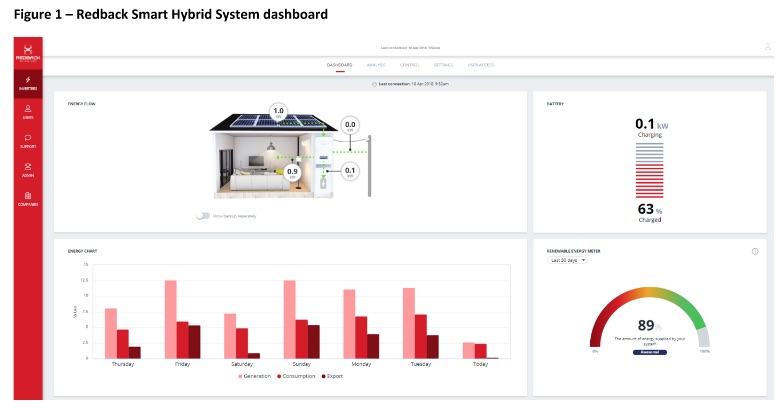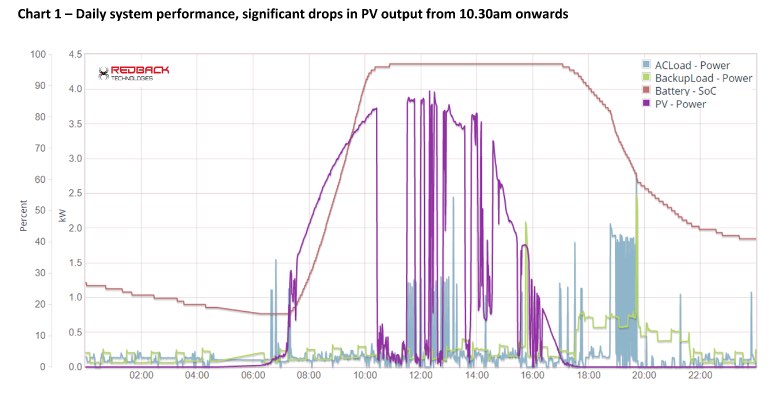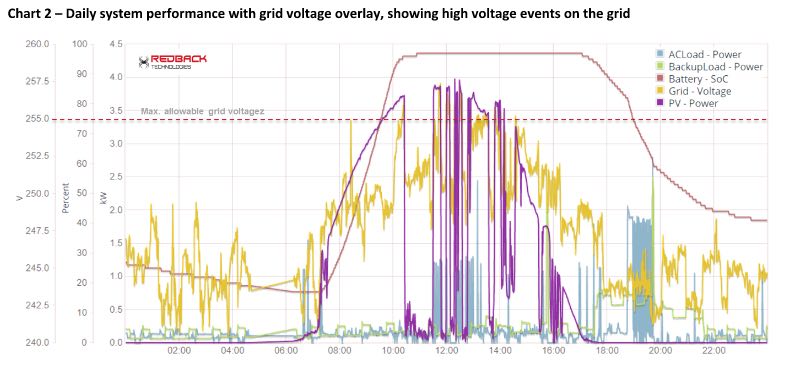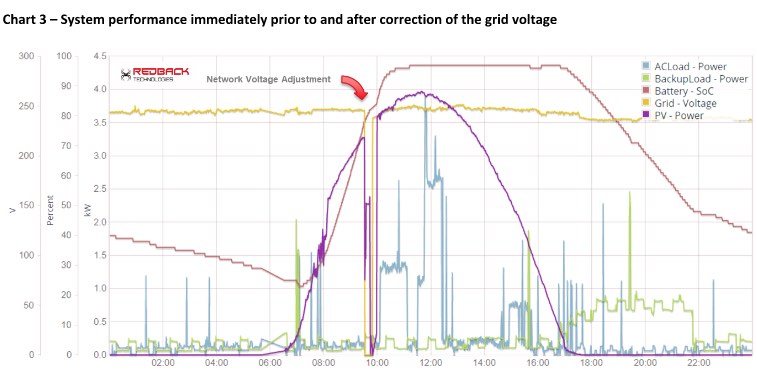As electricity prices continue to rise and the cost of solar and energy storage devices continue to drop, Australians are investing more than ever in renewable energy technology to reduce costs and take control of their energy use.
According to recent Sunwiz analysis, Australia installed a record 1.25GW of solar PV in 2017, with residential solar PV installations jumping by 45% in the previous year.
However, the performance of a household energy systems can be adversely affected by things outside of a household’s control and without their knowledge.
The introduction of intelligent energy monitoring technologies means that issues that previously flew under the radar can now be picked up.
This gives homeowners the tools and information necessary to rectify issues promptly, helping them maximise their return on investment and reduce their impact on the environment.
At Redback Technologies, we’re focused on the development of intelligent software and hardware solutions that provide consumers with this type of energy intelligence, in easy to digest, real-time information (see Figure 1 below) along with powerful tools to help keep their system performing at its best.
Figure 1 – Redback Smart Hybrid System dashboard
Leveraging smart monitoring tools to identify inefficiencies
Last year, using the rich monitoring capabilities of the Redback Smart Hybrid solar PV inverter and battery system, we observed one of our customers experiencing a significant reduction in solar PV production across the course of the day, starting at around 10.30am (as seen in the purple line in Chart 1).
All told, these drops accounted for around 8.5kWh of lost production on the day.
Through the Redback portal, we were able to identify that the electricity grid was operating outside of its normal voltage range (see yellow line in Chart 2), resulting in the solar system disconnecting from the grid as it is required to do.
Without access to the granular detail on what was happening both inside and outside the home, the customer may never have known there was an issue.
Armed with this information, the customer was able to work with their network provider to address the issue.
Chart 3 shows system performance the day the network adjusted the voltage to bring it back in line with requirements (occurred at around 10am) after which the system returned to normal operation.
Left unchecked, this customer may have been $300 or more worse off each year if they continued to experience days like the one shown here, resulting in reduced savings and significantly increased payback period.
The benefits of smart monitoring systems like those in the Redback system are tangible, enabling homeowners to optimise the performance of their system, maximising their return on investment. This kind of energy intelligence puts the power in the hands of those who generate it.
James Miller-Randle is the chief marketing officer at Redback Technologies
This article was originally published on RenewEconomy’s sister site, One Step Off The Grid, which focuses on customer experience with distributed generation. To sign up to One Step’s free weekly newsletter, please click here.














